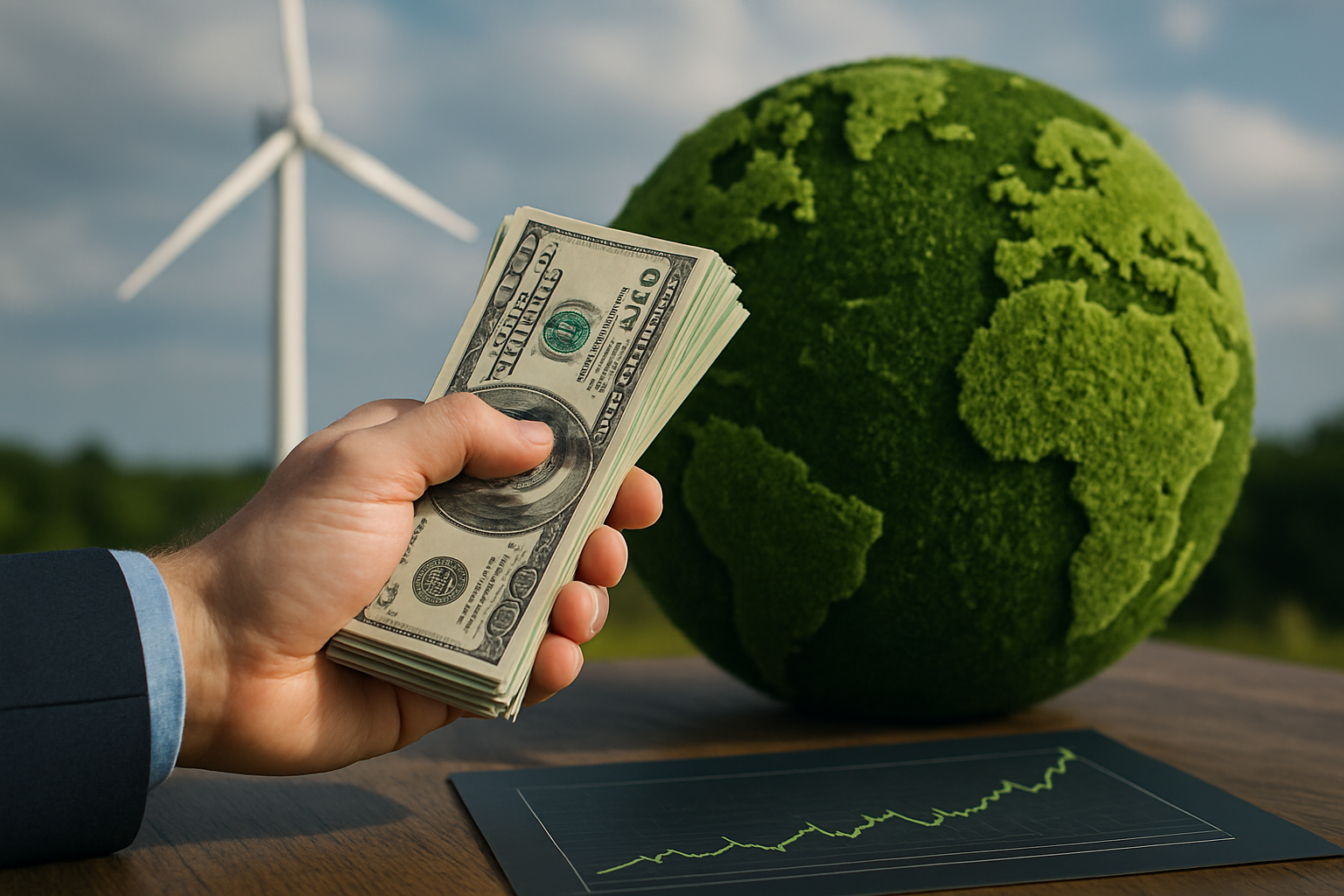The Hidden Financial Potential of Blue Economy Investments
Beneath the surface of our vast oceans lies an untapped economic frontier that's capturing the attention of savvy investors worldwide. The blue economy, encompassing sustainable use of ocean resources for economic growth, is emerging as a promising investment avenue. This article delves into the burgeoning world of blue economy investments, exploring its potential to revolutionize portfolios while contributing to environmental conservation.

Understanding the Blue Economy
The concept of the blue economy has gained traction in recent years, driven by the growing recognition of oceans as a vital economic resource. It encompasses a wide range of activities, including renewable energy, sustainable fishing, marine biotechnology, and coastal tourism. The United Nations estimates that the blue economy could be worth $3 trillion annually by 2030, highlighting its significant potential for growth and investment.
Historically, ocean-related industries have often been associated with unsustainable practices. However, the blue economy model seeks to balance economic growth with environmental conservation, ensuring the long-term health of marine ecosystems. This shift in approach has opened up new avenues for innovation and investment, attracting attention from both governments and private investors.
The Investment Landscape
The blue economy offers a diverse range of investment opportunities across various sectors. One of the most promising areas is renewable energy, particularly offshore wind and wave power. These technologies are becoming increasingly cost-competitive and are attracting significant investment from both traditional energy companies and new market entrants.
Sustainable aquaculture is another sector gaining traction. With global demand for seafood continuing to rise, innovative aquaculture practices that minimize environmental impact are becoming increasingly valuable. Companies developing technologies for sustainable fish farming, algae cultivation, and seaweed production are attracting investor interest.
Marine biotechnology is an emerging field with enormous potential. From developing new pharmaceuticals to creating biodegradable plastics from marine organisms, this sector offers exciting opportunities for groundbreaking innovations and lucrative investments.
Risk and Reward Analysis
Like any investment, blue economy ventures come with their own set of risks and rewards. The nascent nature of many blue economy technologies means that some investments may be considered high-risk. Regulatory uncertainties and the complexities of operating in marine environments can also pose challenges.
However, the potential rewards are significant. As governments worldwide implement policies to promote sustainable ocean use, companies operating in this space stand to benefit from supportive regulatory environments and potential subsidies. Moreover, as consumers become increasingly environmentally conscious, products and services aligned with blue economy principles are likely to see growing demand.
The long-term nature of many blue economy investments also offers the potential for stable, consistent returns. Infrastructure projects like offshore wind farms, for instance, can provide steady income streams over decades once operational.
Market Trends and Future Outlook
The blue economy market is showing promising growth trends. According to the World Bank, the blue economy is growing at twice the rate of the mainstream economy in some regions. This growth is being driven by technological advancements, increasing environmental awareness, and the urgent need to address climate change.
Looking ahead, several factors are likely to shape the future of blue economy investments. Climate change mitigation efforts are expected to drive further investment in ocean-based renewable energy. The growing global population and increasing protein demand will likely boost sustainable aquaculture investments. Advances in marine biotechnology could open up entirely new markets.
Moreover, the development of new financial instruments, such as blue bonds, is making it easier for investors to participate in the blue economy. These innovative financial products are designed to fund marine and ocean-based projects that have positive environmental, economic, and climate benefits.
Strategies for Investing in the Blue Economy
Blue Investment Strategies
- Diversify across different blue economy sectors to spread risk
- Consider both direct investments in companies and blue economy-focused funds
- Look for companies with strong environmental credentials and sustainable practices
- Pay attention to regulatory developments in ocean governance and sustainability
- Assess the scalability and long-term viability of blue economy technologies
- Consider the potential for partnerships between blue economy startups and established companies
- Keep an eye on emerging markets, particularly in coastal and island nations
- Evaluate the resilience of blue economy investments to climate change impacts
As the blue economy continues to evolve, it presents a unique opportunity for investors to participate in the sustainable development of our oceans while potentially reaping significant financial rewards. By carefully considering the risks and rewards, staying informed about market trends, and implementing thoughtful investment strategies, investors can tap into this vast and largely unexplored economic frontier.
The blue economy represents more than just a new investment opportunity; it’s a paradigm shift in how we view and utilize our ocean resources. As we face global challenges like climate change, food security, and sustainable economic development, the blue economy offers solutions that benefit both investors and the planet. By investing in the blue economy, forward-thinking investors can play a crucial role in shaping a more sustainable and prosperous future for all.





